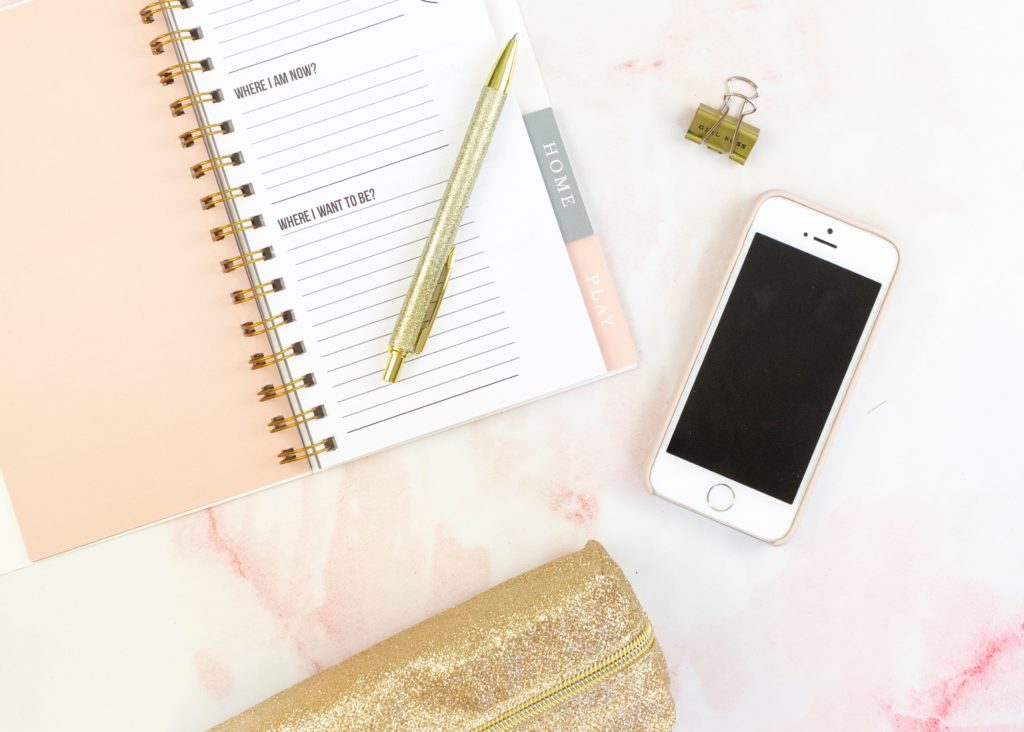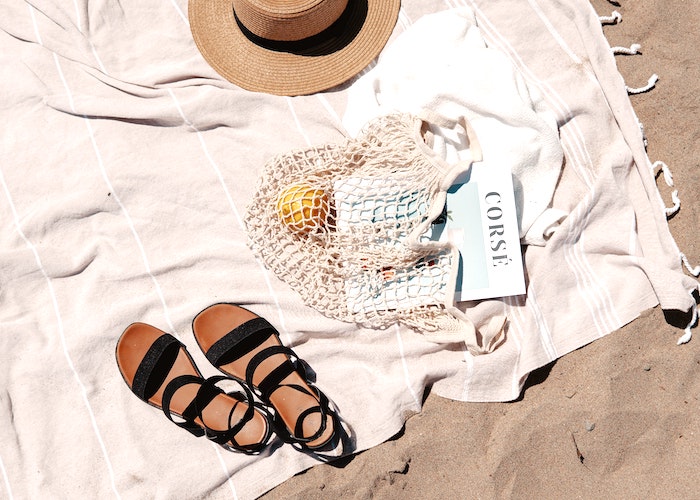The Financial Checklist Every New Freelancer Needs To Create & Maintain Stability

The last 10+ years have seen some MASSIVE financial changes, most importantly, millennial watched the market crash and realized that the dream they’d been sold might not actually happen for them. You know the one I mean; go to college, get a well-paying job, buy a house, retire comfortably. This very quickly became: try not to amass a ton of debt, get a job that pays well with a side-hustle, work your ass off, and hope you can save up 10-20% of a down payment on a house.
But it wasn’t just the dream that changed. The way that we get there financially also changed.
The side hustle is REAL. These “gigs” that most people began taking on as a way of supplementing their income have also become a career. More companies than ever before have started to work with freelancers as opposed to staff.
For many, losing the security of a staff job was a terrifying thought. And working in this gig economy can be scary. There’s a lack of security, more negotiation, more responsibility as an individual, and lots of uncertainty. All of this can make saving seem like a mountainous struggle. However, there are ways to navigate the open waters of saving and surviving as a freelancer.
1. Monitor your spending.
I know, I know, everyone and their mother will tell you this one. But knowing how much you’re spending on a regular basis can help you figure out where you need to tighten the belt, and where you have a bit more wiggle room. I personally find it helpful to keep notes in my planner. However, there are also some amazing spreadsheets online that can help you keep track of where your money is going. The other bonus to this is that there are quite a few tax-deductible expenses you could have. You wouldn’t believe how many people miss out on tax-deductions all because they don’t remember buying a piece of kit for their job.
2. Create a budget.
Again, everyone and their mother spouts the importance of a budget, but there is a good reason for that: they work. Knowing how much you have left to spend after bills and such gives you a chance to re-evaluate and see where you can take some money and put it into savings.
3. Set aside money for the Lean Season.
I cannot stress this enough. In freelance work, there will always be a month or two where there just aren’t as many job opportunities. I’ve been working in media for a while, and in television for three years, and let me tell you, NOBODY wants to work after Christmas. From mid-December to the end of January, I normally find myself at a loose end for work. Thankfully, after the first year of this, I set up a solution: throughout the year, I set aside an extra bit of cash alongside the savings I’m already trying to build up, in order to cover those months.
Most people have heard of the 50/30/20 rule when it comes to savings. I do more of a 50/30/10/10 rule. Let’s say in the month of February, I’m super busy on a location shoot and earn a tidy paycheck at the end: I put my share of the rent, utilities, and groceries in the joint account that my partner and I share, put 10% of my paycheck into my savings account, put the other 10% into my Lean Season savings, and then still have the 30% to fall back on. Beyond that, I try not to spend all of that 30%, which leads me to my next point…
4. Don’t spend it just because it’s there.
I know, this is a toughie. You look in that bank account and see that 30% of spending money sitting there. Let’s say it’s $400. That there is your coffee dates, your trip to the bookstore, night out at the movies, etc. for the month. However, just because it’s there doesn’t mean you have to actually SPEND it. I’m not saying deprive yourself at all. If that coffee date is important to you or makes you happy, absolutely, go. Spend that money! You earned it! But if you’re spending this money just because it’s burning a hole in your pocket, I’d recommend this instead: take the money out in cash. Put it somewhere safe, and take out what you need as and when you need it. When you get to the end of the month, look at what’s left and redeposit that into one of your savings accounts. This could end up as part of your Lean Season fund, go into your house savings, or even as part of your Vacation Fund. The possibilities are endless.
5. Appreciate your lunch box.
By this, I mean, bring your own lunch to work, make your own meals, etc. Again, I’m not saying to deprive yourself, but it’s logic, plain and simple. I know I can make a week’s worth of meals for the cost of ONE from a work cafeteria or close-by grocery store. And bonus, you actually know what you’re eating – healthy for you and your wallet. A win-win all around.
6. Know your worth.
When you’re taking jobs as a freelancer, it’s very easy to get a little…can we say desperate? Maybe you’re just starting or maybe you’re just coming off of the Lean Season and feeling a little panicky about what’s left in the bank. Believe me, we’ve all been there. I took a job that was an hour and a half away from home there and back, in bumper-to-bumper traffic that did not pay me enough to warrant the journey or the time, honestly. I was earning less than I earned in my first job out of school, but I was so anxious about that fund dwindling, I didn’t care. If I could go back now, I’d probably argue a higher fee, because I know that I had enough experience under my belt to back up that demand. Don’t make that same mistake. Know your worth. That extra bit of cash will help you with your savings goals.
7. Keep records of everything.
I’m not saying to become a hoarder of receipts and pay stubs. What I AM saying though is that you are freelance, and therefore, will be responsible for your own records if you get audited during tax season. This doesn’t have to be paper copies, you can have a hard drive for the year with all of your invoices, receipts, pay stubs, etc., all stored nice and tidy. My hard drives are normally different colors and labeled with the dates (April 2017- April 2018, and the like). Remember to hold on to your records for seven years. After that, you can clear the hard drive, and reuse it.
*****
Moving into the world of freelance can be scary, but that certainly shouldn’t be because you’re unsure of how to approach your finances. There is a huge taboo in regards to speaking about money, but if you’re not sure of how to handle something, don’t be afraid to ask. One of the best things I did was reach out to other freelancers in my industry and ask for advice about rates, how they save money, and what they wish they’d known before they became freelance. I even went and took a finance course through my local union chapter which broke down everything I needed to know about how to work with the tax office, how to budget for the Lean Season, and, most importantly, how to make my money work for me in the gig economy.
As with many things, a bit of research, planning, and, of course, elbow grease, will set you up for flourishing as a freelancer.
Liv Simister works as a freelancer in media, primarily working in television. She’s the founder of the music blog Planet Stereo, a Personal Trainer with a diploma in Exercise Science and a specialization in Kettle Bell instruction, and the fastest British Woman at the 2018 Mount Everest Marathon. You can find her on Instagram, @LivLostInStereo, normally running.
Image via Unsplash
Like this story? Follow The Financial Diet on Facebook, Instagram, and Twitter for daily tips and inspiration, and sign up for our email newsletter here.




